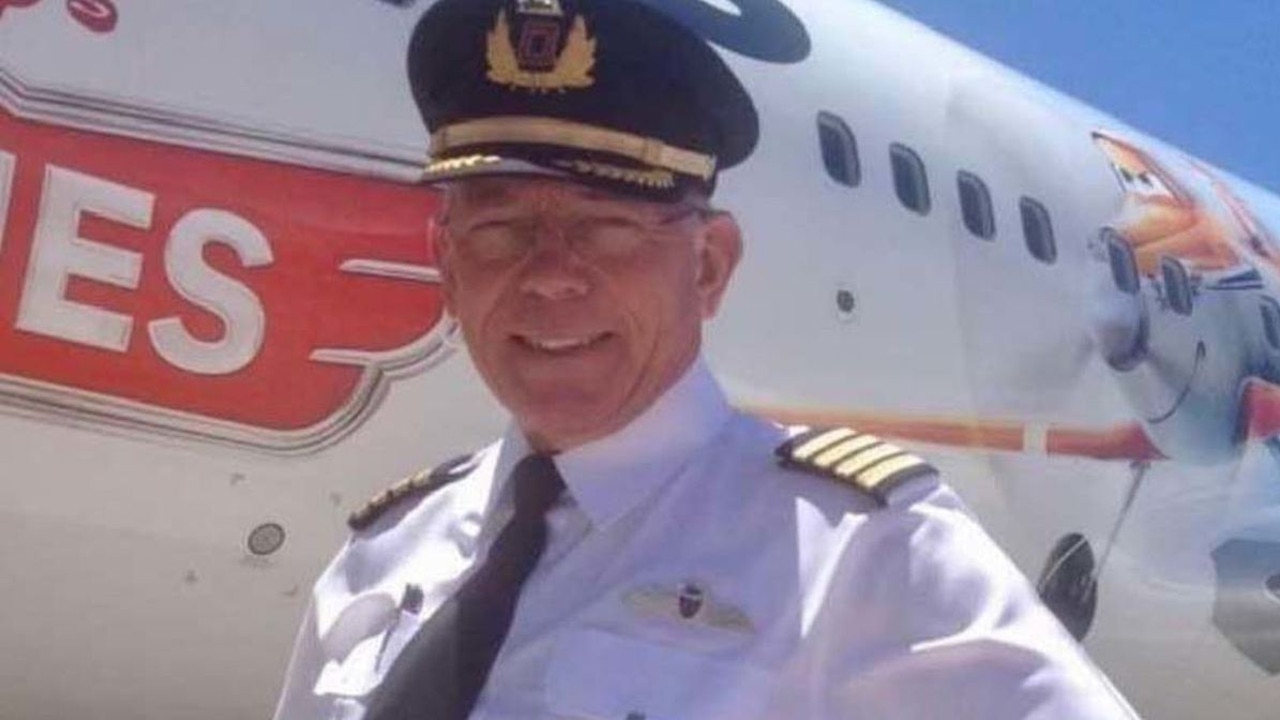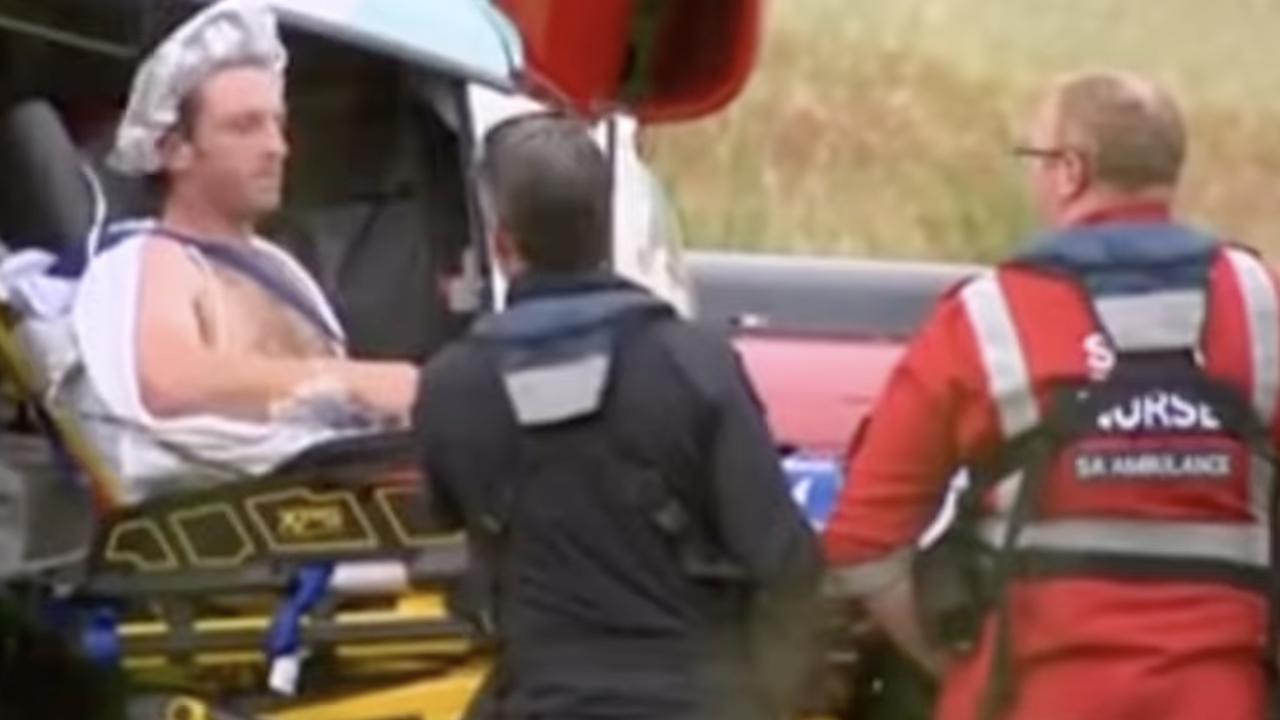AIPA VP and Qantas pilot Mark Hofmeyer talks Singapore Airlines flight SQ321
A Qantas pilot has revealed what likely happened in the terrifying few seconds that threw Singapore Airlines flight SQ321 into chaos.
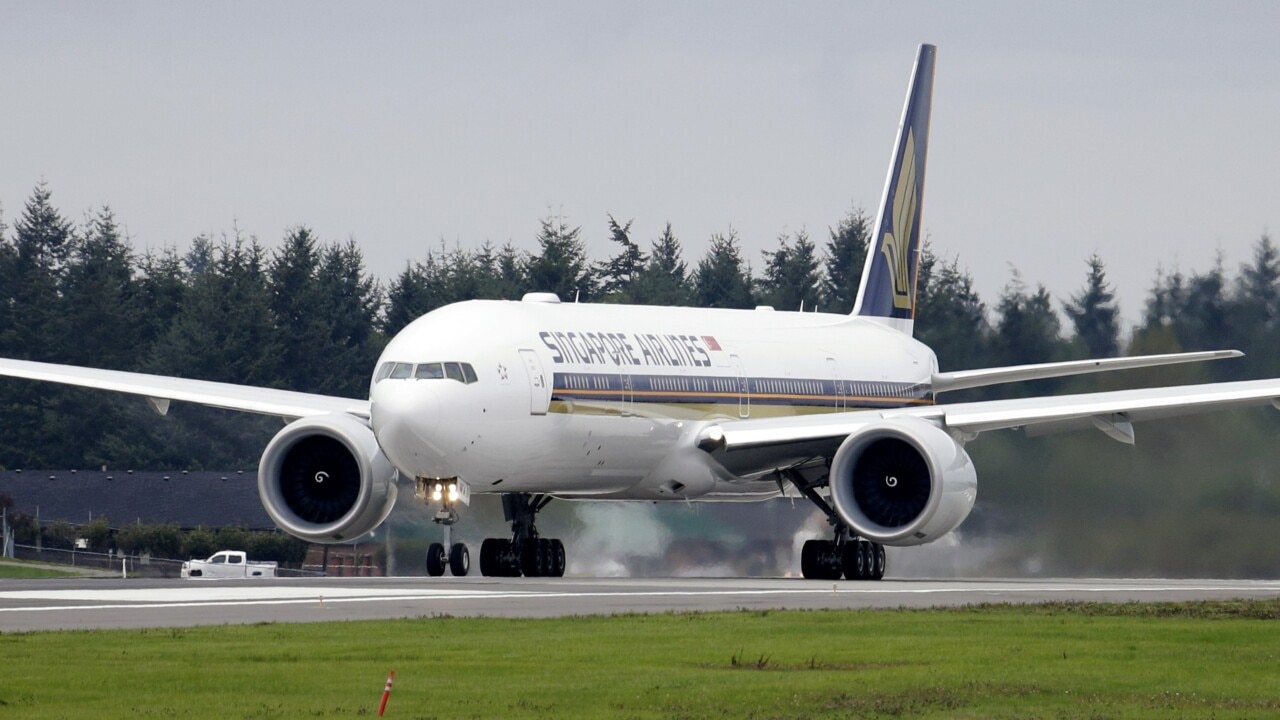
The passengers and crew on-board Singapore Airlines flight SQ321 experienced a terrifying “rollercoaster” that saw their Boeing 777-300ER aircraft suddenly climb then pitch down within seconds, according to a Qantas pilot with more than 20 years’ flying experience.
AIPA vice president and current pilot Mark Hofmeyer said the horror moment 37,000 feet in the air was likely caused by thunderstorms, or convective turbulence, rather than clear air turbulence.
“Clear air turbulence is normally associated with a jet stream, a really strong core of air,” he told NewsWire on Wednesday.
“You don’t get many jet streams around the equator, which is where this happened.
“What you have up there though, is you get really big storms. Big puffy clouds, lots of air moving up, lots of air moving down, big thunderstorms.
“From what I can see from the telemetry (data collection), they have hit some convective turbulence, where the aircraft suddenly gone into a rate of climb and then it has suddenly gone into a rate of descent. It was like a rollercoaster.”
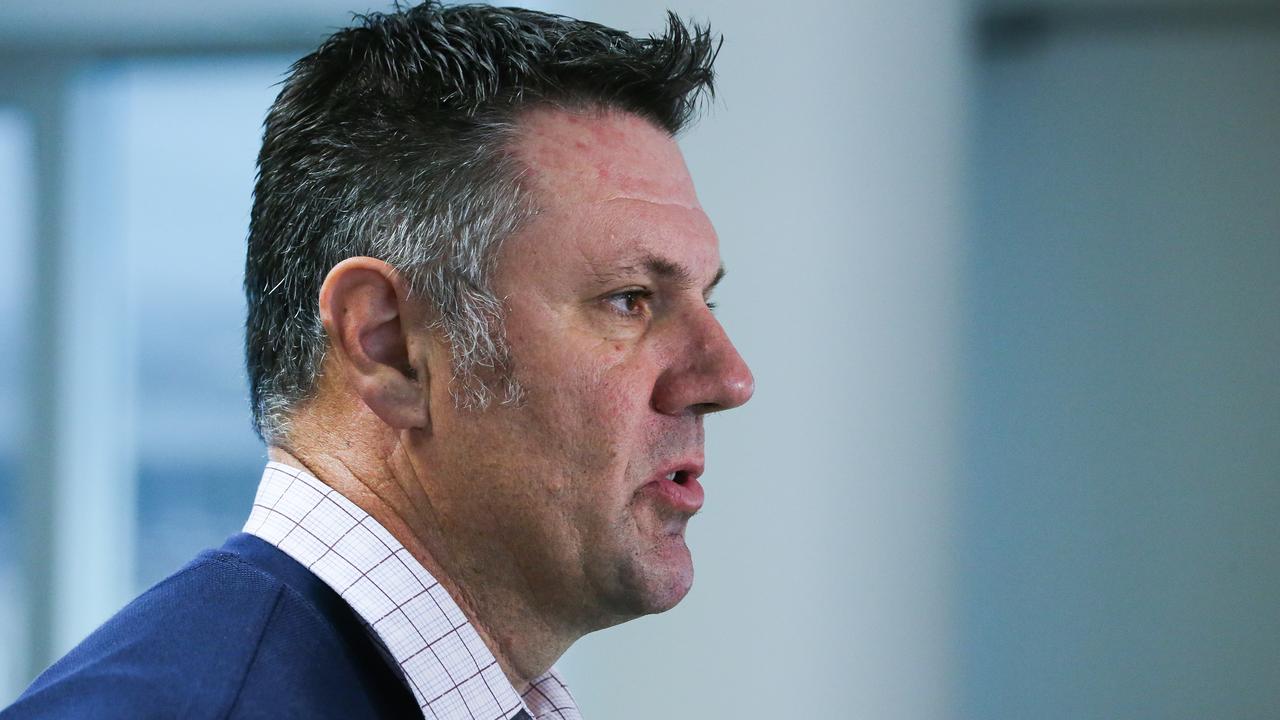
The turbulence hit the plane while it was over Myanmar on its way to Singapore from London.
Mr Hofmeyer said the pilots had responded with impressive professional cool to the sudden jolt of chaos.
“If you’ve just experienced this really scary event, the first thing you want to do is increase the margin between your overspeed and stall speed, your two speeds,” he explained.
“They did a 6000 foot descent over five minutes. They went down at 1200 feet a minute, which is actually really benign.
“I think what has happened is, they have had the event, which has obviously scared the hell out of them, and then what they have done because they are operating at a really narrow margin, they’ve then made the decision to descend to a lower altitude.
“Basically what they were looking for is to be able to get to a lower spot, level off, sit on their hands, go ‘what the hell was that’, and then start to manage the process.
“So there was a rollercoaster event for two or three seconds, which caused the carnage we have all seen, but then they have subsequently descended to get the aircraft to a safe spot.”
The severe turbulence proved deadly and the full extent of its damage remains to be seen.
Alongside the pilot, 211 passengers and 18 crew members were on-board.
Geoffrey Kitchen, a 73-year-old British man, lost his life from a suspected heart attack.
At least 18 other people have been hospitalised, including eight Australians.
Melbourne woman Teandra Tuhkunen told Sky News UK from Bangkok’s Samitivej Srinakarin Hospital she was “thrown” to the roof and floor of the aircraft when it hit the turbulence.
“Pretty much immediately, straight after that I was flung to the roof, before I had time to put my seatbelt on unfortunately,” she said.
“It was just so quick, over in a couple of seconds and then you’re just shocked. Everyone’s pretty freaked out.”
Photos and footage from the aftermath of the event show bloodied flight crew and the cabin strewn with mess.
Singapore Airlines chief executive Goh Choon Phong has apologised for the traumatic event.
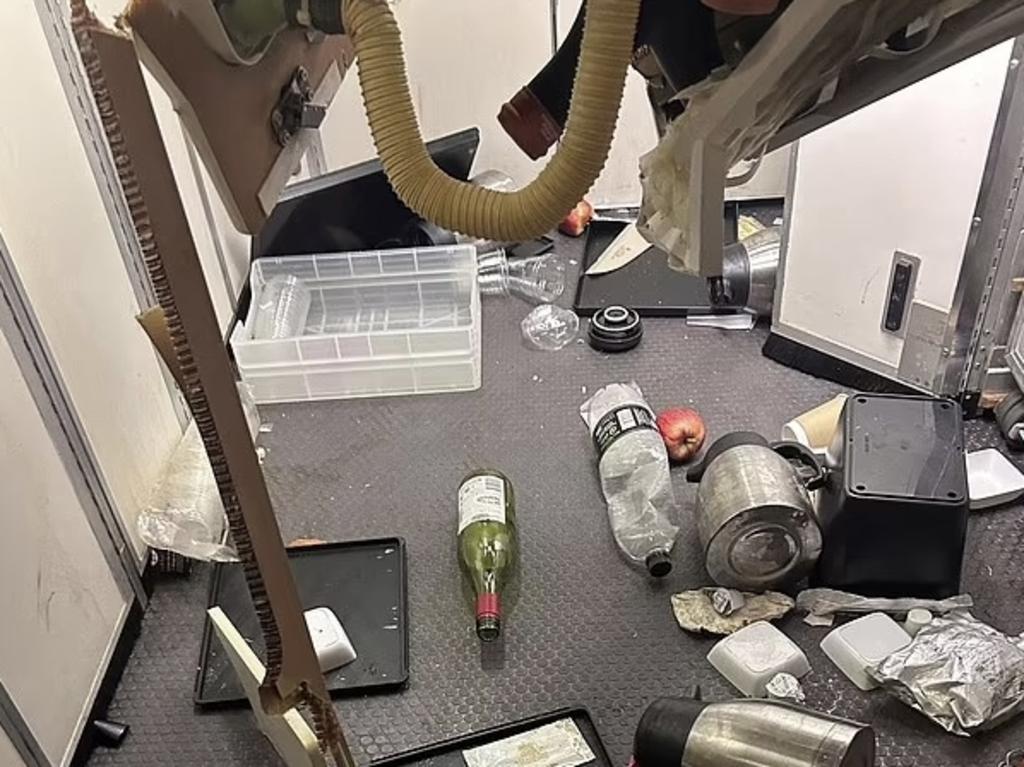
“On behalf of Singapore Airlines, I would like to express my deepest condolences to the family and loved ones of the deceased passenger,” he said.
“We also deeply apologise for the trauma experienced by all passengers and crew members on this flight.
“We are providing all possible assistance and support to them, along with their families and loved ones, during this difficult time. The wellbeing of our passengers and staff is our utmost priority.”
Mr Hofmeyer said aircraft manufacturers were pushing to reduce the number of pilots on flight decks at certain points during flights, and flight SQ321 demonstrated the necessity of having two “well-trained, well rested” pilots who could work together in emergencies.
“If you have that level of complexity, trying to regain control of the aircraft, descend to a lower altitude, then manage customers, air traffic control, diversion events, all of that by one pilot, you are reducing the safety outcome,” he said.
“Our mantra is you need two well-trained, well rested pilots on the flight deck at all times so that when things like this happen, you have two people there to make good decisions, take control of the aircraft and save the day.
“These aircraft are designed to withstand severe turbulence, so the aircraft is not going to break up on you.
“They’ve done a good job of regaining control of the aircraft, a good job of getting themselves back in control, a good job of dealing with an incredibly chaotic cabin.
“We’re trained to manage that and then to manage decisions after that. People often take pilots for granted, and there is this thing, ‘it’s all AI and the pilots don’t do anything’.
“That’s not the case. This is a situation where the pilots basically regained control and made good decisions and ended up with a safe outcome.”
The flying guru said it was “too early” to know the full details of what had happened, but it was likely a case of “bad luck” rather than a manufacturing defect.
“It’s probably a bit of bad luck,” he said.
“That is too early to say. We’ll find out through the investigation that always follows these things to find out exactly what happened.
“Regrettably, one person lost their life, but at the end of the day, the aircraft held up, the pilots got it on the ground safely.”
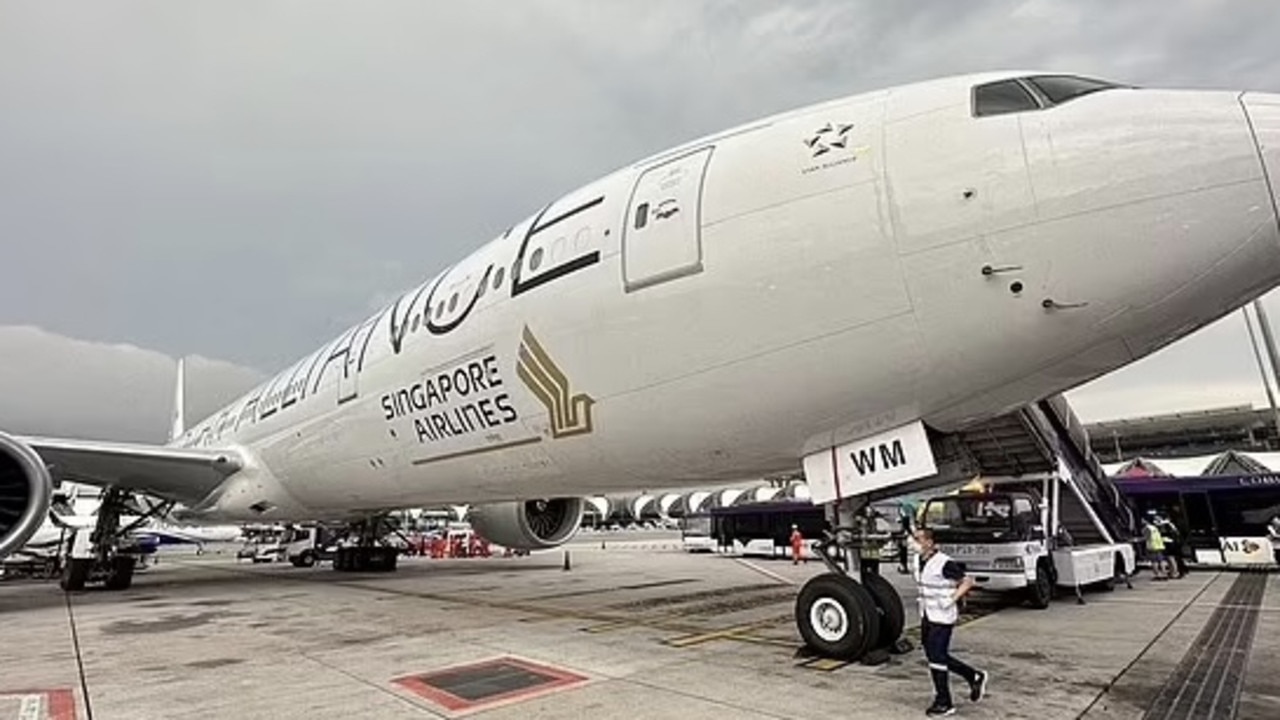
He said SQ321 was not similar to the horror LATAM flight from Sydney to Auckland in March, during which the Boeing 787-9 Dreamliner that experienced a “strong movement”.
Turbulence and in-flight upsets are the leading cause of airline cabin injuries, Carter Capner Law director Parter Carter said, far exceeding the number of injuries caused by other accidents or catastrophes such as an impact with terrain.
“While airline travel has become far safer in terms of fewer crashes than in past decades, turbulence and other in-flight issues seem to be increasing,” he said.
“Lufthansa, Air Canada and Hawaiian Airlines have all had planes that encountered unexpected turbulence over the past few years with a combined injury count well above 100 passengers and crew.”
Mr Hofmeyer told NewsWire flying was safe, but there was an important message for travellers to come out of the SQ321 nightmare.
“There are lot of things passengers can’t control when they are flying, but there is one thing they can,” he said.
“That is their seatbelt.”


